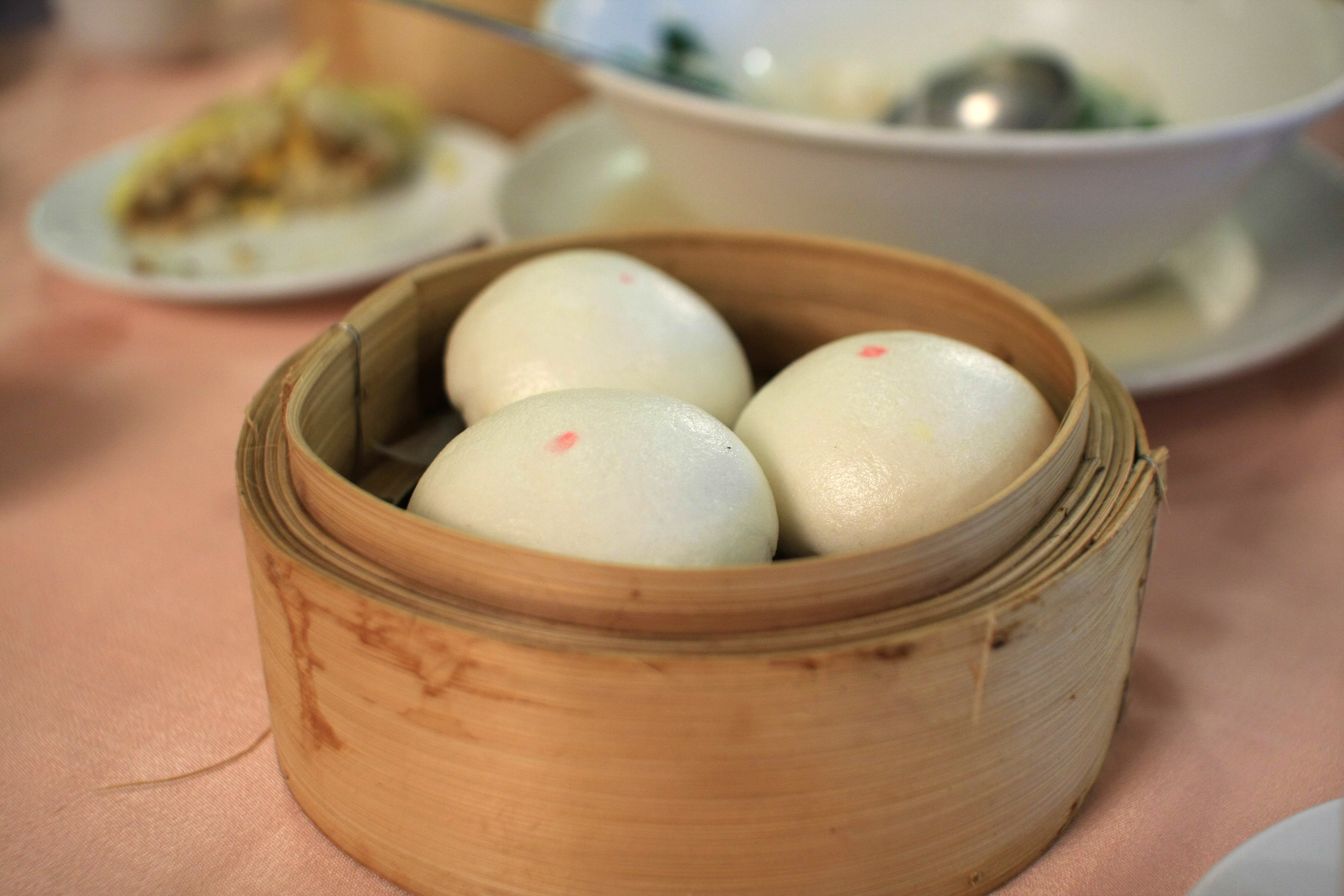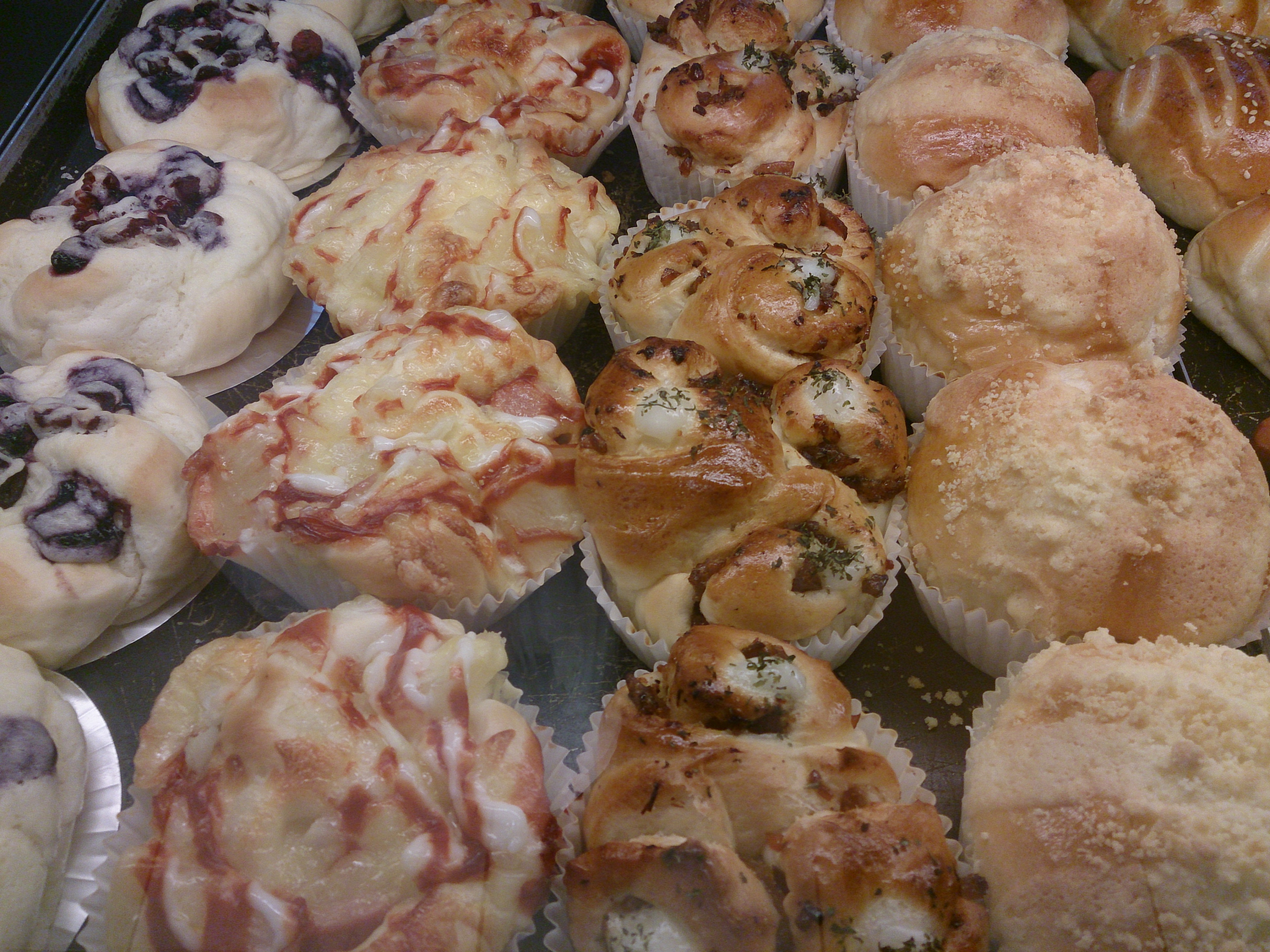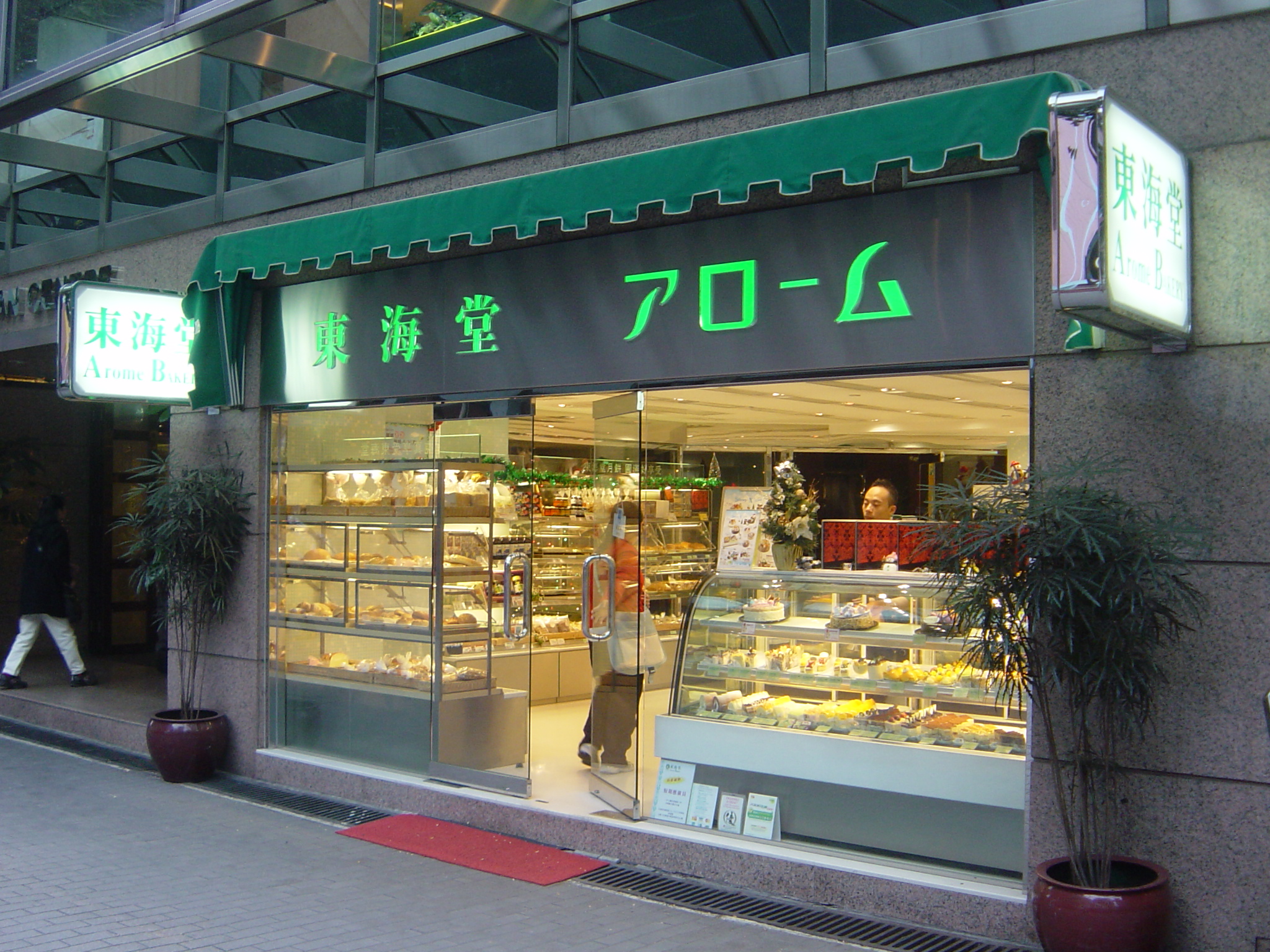|
Lotus Seed Bun
A lotus seed bun is a Chinese sweet bun found in China. They are prepared by steaming a yeast-leavened dough that contains lotus seed paste. It can be classified as a dim sum, though not exclusively so. Preparation Because the bun has a variety of different appearances, the dough especially, can be different depending on where it is made. The dough is generally made of similar substances like the ones used in char siu baau. See also * ''Jjinppang'' * Longevity peach * List of buns * List of steamed foods This is a list of steamed foods and dishes that are typically or commonly prepared by the cooking method of steaming. Steamed foods * Ada – a food item from Kerala, usually made of rice flour with sweet filling inside. * Bánh – in Hanoi ... * References Dim sum Sweet breads Chinese bakery products Steamed buns {{China-cuisine-stub ... [...More Info...] [...Related Items...] OR: [Wikipedia] [Google] [Baidu] |
China
China, officially the People's Republic of China (PRC), is a country in East Asia. It is the world's most populous country, with a population exceeding 1.4 billion, slightly ahead of India. China spans the equivalent of five time zones and borders fourteen countries by land, the most of any country in the world, tied with Russia. Covering an area of approximately , it is the world's third largest country by total land area. The country consists of 22 provinces, five autonomous regions, four municipalities, and two Special Administrative Regions (Hong Kong and Macau). The national capital is Beijing, and the most populous city and financial center is Shanghai. Modern Chinese trace their origins to a cradle of civilization in the fertile basin of the Yellow River in the North China Plain. The semi-legendary Xia dynasty in the 21st century BCE and the well-attested Shang and Zhou dynasties developed a bureaucratic political system to serve hereditary monarchies, or dyna ... [...More Info...] [...Related Items...] OR: [Wikipedia] [Google] [Baidu] |
Dim Sum
Dim sum () is a large range of small Chinese dishes that are traditionally enjoyed in restaurants for brunch. Most modern dim sum dishes are commonly associated with Cantonese cuisine, although dim sum dishes also exist in other Chinese cuisines. In the tenth century, when the city of Canton (Guangzhou) began to experience an increase in commercial travel, many frequented teahouses for small-portion meals with tea called ''yum cha'', or "drink tea" meals. ''Yum cha'' includes two related concepts. The first is " jat zung loeng gin" (), which translates literally as "one cup, two pieces". This refers to the custom of serving teahouse customers two pieces of delicately made food items, savory or sweet, to complement their tea. The second is ''dim sum'' () and translates literally to "touching heart", the term used to designate the small food items that accompanied the tea drinking. Teahouse owners gradually added various snacks called "dim sum" to their offerings. The practice ... [...More Info...] [...Related Items...] OR: [Wikipedia] [Google] [Baidu] |
Dim Sum
Dim sum () is a large range of small Chinese dishes that are traditionally enjoyed in restaurants for brunch. Most modern dim sum dishes are commonly associated with Cantonese cuisine, although dim sum dishes also exist in other Chinese cuisines. In the tenth century, when the city of Canton (Guangzhou) began to experience an increase in commercial travel, many frequented teahouses for small-portion meals with tea called ''yum cha'', or "drink tea" meals. ''Yum cha'' includes two related concepts. The first is " jat zung loeng gin" (), which translates literally as "one cup, two pieces". This refers to the custom of serving teahouse customers two pieces of delicately made food items, savory or sweet, to complement their tea. The second is ''dim sum'' () and translates literally to "touching heart", the term used to designate the small food items that accompanied the tea drinking. Teahouse owners gradually added various snacks called "dim sum" to their offerings. The practice ... [...More Info...] [...Related Items...] OR: [Wikipedia] [Google] [Baidu] |
List Of Steamed Foods
This is a list of steamed foods and dishes that are typically or commonly prepared by the cooking method of steaming. Steamed foods * Ada – a food item from Kerala, usually made of rice flour with sweet filling inside. * Bánh – in Hanoi Vietnamese, translates loosely as "cake" or "bread", referring to a wide variety of prepared foods. Some varieties are cooked by steaming. ** Bánh bò – a steamed sponge cake ** Bánh bột lọc ** Bánh chuối hấp – literally "steamed banana cake" ** Bánh cuốn ** Bánh da lợn – a steamed layer cake ** Bánh khoai mì hấp ** Bánh tẻ * Chinese steamed eggs – eggs are beaten to a consistency similar to that used for an omelette and then steamed * Corunda * Couscous * Dhokla * Jjim – a Korean cuisine term referring to dishes made by steaming or boiling meat, chicken, fish, or shellfish which have been marinated in a sauce or soup ** Agujjim ** Andong jjimdak ** Galbijjim – a variety of ''jjim'' or Korean stea ... [...More Info...] [...Related Items...] OR: [Wikipedia] [Google] [Baidu] |
List Of Buns
This is a list of buns. A bun is a small, sometimes sweet, bread, or bread roll. Though they come in many shapes and sizes, they are most commonly hand-sized or smaller, with a round top and flat bottom. Buns A * Anpan - A bun that is filled, usually with red bean paste, or with white beans, sesame, or chestnut B * Bakpao - Indonesian term for steamed bun. The bun is usually filled with ground pork, but can instead be filled with other ingredients, such as mung bean paste, ground peanuts, or vegetables. * Bánh bao – Vietnamese meaning "Enveloping Cake", which is a ball-shaped bun containing pork or chicken meat, onions, eggs, mushrooms and vegetables, in the Vietnamese cuisine * Baozi – A type of steaming, steamed, filled bun or bread-like item made with baker's yeast in various Chinese cuisine, Chinese cuisines, as there is much variation as to the fillings and the preparations * Bath bun – A rich and round sweet roll that has a lump of sugar baked in the bottom and mor ... [...More Info...] [...Related Items...] OR: [Wikipedia] [Google] [Baidu] |
Longevity Peach
A longevity peach, or ''shoutao'', is a type of lotus seed bun, sometimes with a filling made of red bean paste or lotus paste. It is white with a red dyed tip with a crease along the side, mimicking the shape of a peach. Occasionally, bakers add green decorations that mimic leaves. The longevity peach is a representation of Peaches of Immortality. According to Chinese folk legends, these peaches ripen every thousands of years, and grant immortality to humans when consumed. The pastry is typically served at the birthdays of elderly people to celebrate their achievement in having reached old age. See also * List of buns * List of steamed foods This is a list of steamed foods and dishes that are typically or commonly prepared by the cooking method of steaming. Steamed foods * Ada – a food item from Kerala, usually made of rice flour with sweet filling inside. * Bánh – in Hanoi ... References Dim sum Sweet breads Chinese bakery products Steamed buns {{C ... [...More Info...] [...Related Items...] OR: [Wikipedia] [Google] [Baidu] |
Jjinppang
''Jjinppang'' () is a steamed bun, typically filled with red bean paste with bits of broken beans and bean husk. Traditional ''jjinppang'' is made of sourdough fermented using the yeast in ''makgeolli'' (rice wine), but younger varieties such as ''hoppang'' are often made without fermentation. Warm ''jjinppang'' is softer than baked breads due to the higher moisture content, but it hardens as it cools. Thus it is recommended to eat while the bun is still hot. Hardened ''jjinppang'' can be steamed again before eaten. ''Jjinppang'' is a specialty product of Anheung Township in Hoengseong County, Gangwon Province. In the township, there is ''Anheung Jjinppang Village'' where 17 steameries that make ''Anheung-jjinppang'' (). Since 1999, the township also hosts ''Anheung Jjinppang Festival'' in every October. Varieties * ''Anheung-jjinppang'' – a variety of ''jjinppang'' made in traditional way, using sourdough fermented with the yeast from makgeolli; a specialty of Anheung. ... [...More Info...] [...Related Items...] OR: [Wikipedia] [Google] [Baidu] |
Char Siu Baau
''Char siu bao'' () is a Cantonese barbecue-pork-filled ''baozi'' (bun).Hsiung, Deh-Ta. Simonds, Nina. Lowe, Jason. 005 ''The Food of China: A Journey for Food Lovers''. Bay Books. . p. 24. The buns are filled with barbecue-flavored ''cha siu'' pork. They are served as a type of dim sum during ''yum cha'' and are sometimes sold in Chinese bakeries.'' Cha siu'' refers to the pork filling; the word ''bao'' means "bun". Varieties There are two major kinds of ''cha siu bao'': the traditional steamed version is called () or simply (), while the baked variety is usually called (). Steamed ''cha siu bao'' has a white exterior, while the baked variety is browned and glazed. Cantonese cuisine Although visually similar to other types of steamed ''baozi'', the dough of steamed ''cha siu bao'' is unique since it makes use of both yeast and baking powder as leavening. This unique mix of leavening gives the dough of ''cha siu bao'' the texture of a slightly dense, but fine soft bread ... [...More Info...] [...Related Items...] OR: [Wikipedia] [Google] [Baidu] |
Lotus Seed Paste
Lotus seed paste is a Chinese dessert ingredient made from dried lotus seeds. It is traditionally considered a luxurious ingredient. Production The process for making the paste is similar to that used to make smooth red bean paste. First, the dried seeds are stewed in water until soft and then mashed into a fine paste. The paste is then watered down to a thin slurry and passed through a sieve and into cheesecloth, with which it is squeezed dry. This produces a fine crumbly paste, which is then mixed with sugar or other sweeteners and often oil to produce a smooth, sweet paste. Use China The lotus paste used by most Chinese cooks requires further preparation by dry cooking the sweetened paste over heat with caramelized sugar and vegetable oil. This produces a lotus paste that is tan coloured with a satiny sheen, which is rich, sweet, and silky with a slight fragrance of caramel. Some cooks choose to treat the dried lotus seeds with a lye solution before initially stewing them in ... [...More Info...] [...Related Items...] OR: [Wikipedia] [Google] [Baidu] |
Sweet Roll
A sweet roll or sweet bun refers to any of a number of sweet, baked, yeast-leavened breakfast or dessert foods. They may contain spices, nuts, candied fruits, etc., and are often glazed or topped with icing. Compared to regular bread dough, sweet roll dough generally has higher levels of sugar, fat, eggs, and yeast. They are often round, and are small enough to comprise a single serving. These differ from pastries, which are made from a paste-like batter; from cakes, which are typically unleavened or chemically leavened; and from doughnuts, which are deep fried. Refrigerated ready-to-bake sweet roll dough is commercially available in grocery stores. Sweet rolls are sometimes iced and/or contain a sweet filling. In some traditions, other types of fillings and decoration are used, such as cinnamon, marzipan, or candied fruit. File:BULLAR CRYSTAL.jpg, Swedish cinnamon rolls File:Drozdzowka, Polish sweet roll.jpg, Polish ''drożdżówka'' See also * List of sweet bre ... [...More Info...] [...Related Items...] OR: [Wikipedia] [Google] [Baidu] |
Sweet Roll
A sweet roll or sweet bun refers to any of a number of sweet, baked, yeast-leavened breakfast or dessert foods. They may contain spices, nuts, candied fruits, etc., and are often glazed or topped with icing. Compared to regular bread dough, sweet roll dough generally has higher levels of sugar, fat, eggs, and yeast. They are often round, and are small enough to comprise a single serving. These differ from pastries, which are made from a paste-like batter; from cakes, which are typically unleavened or chemically leavened; and from doughnuts, which are deep fried. Refrigerated ready-to-bake sweet roll dough is commercially available in grocery stores. Sweet rolls are sometimes iced and/or contain a sweet filling. In some traditions, other types of fillings and decoration are used, such as cinnamon, marzipan, or candied fruit. File:BULLAR CRYSTAL.jpg, Swedish cinnamon rolls File:Drozdzowka, Polish sweet roll.jpg, Polish ''drożdżówka'' See also * List of sweet bre ... [...More Info...] [...Related Items...] OR: [Wikipedia] [Google] [Baidu] |
Chinese Bakery Products
Chinese bakery products ( or ) consist of pastries, cakes, snacks, and desserts of largely East Asian origin, though some are derived from Western baked goods. Some of the most common "Chinese" bakery products include mooncakes, sun cakes (Beijing and Taiwan varieties), egg tarts, and wife cakes. Chinese bakeries are present in countries with ethnic Chinese people, and are particularly common in Chinatowns. The establishments may also serve tea, coffee, and other drinks. Bakery types There are regional differences in cities with large Chinese presences, particularly those in Asia like Singapore, Kuala Lumpur, Penang, Ipoh, Jakarta, Manila, and Bangkok. Bakery fillings especially may be influenced by Indonesia, Malaysia, the Philippines, or Thailand. In North America, the largest Chinatowns, such as San Francisco, Vancouver, New York, and Toronto, have the widest range of offerings, including influences from France, Italy, Japan, and Mexico. There are also large overlaps ... [...More Info...] [...Related Items...] OR: [Wikipedia] [Google] [Baidu] |







